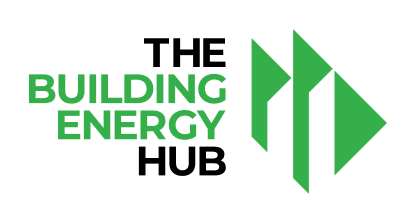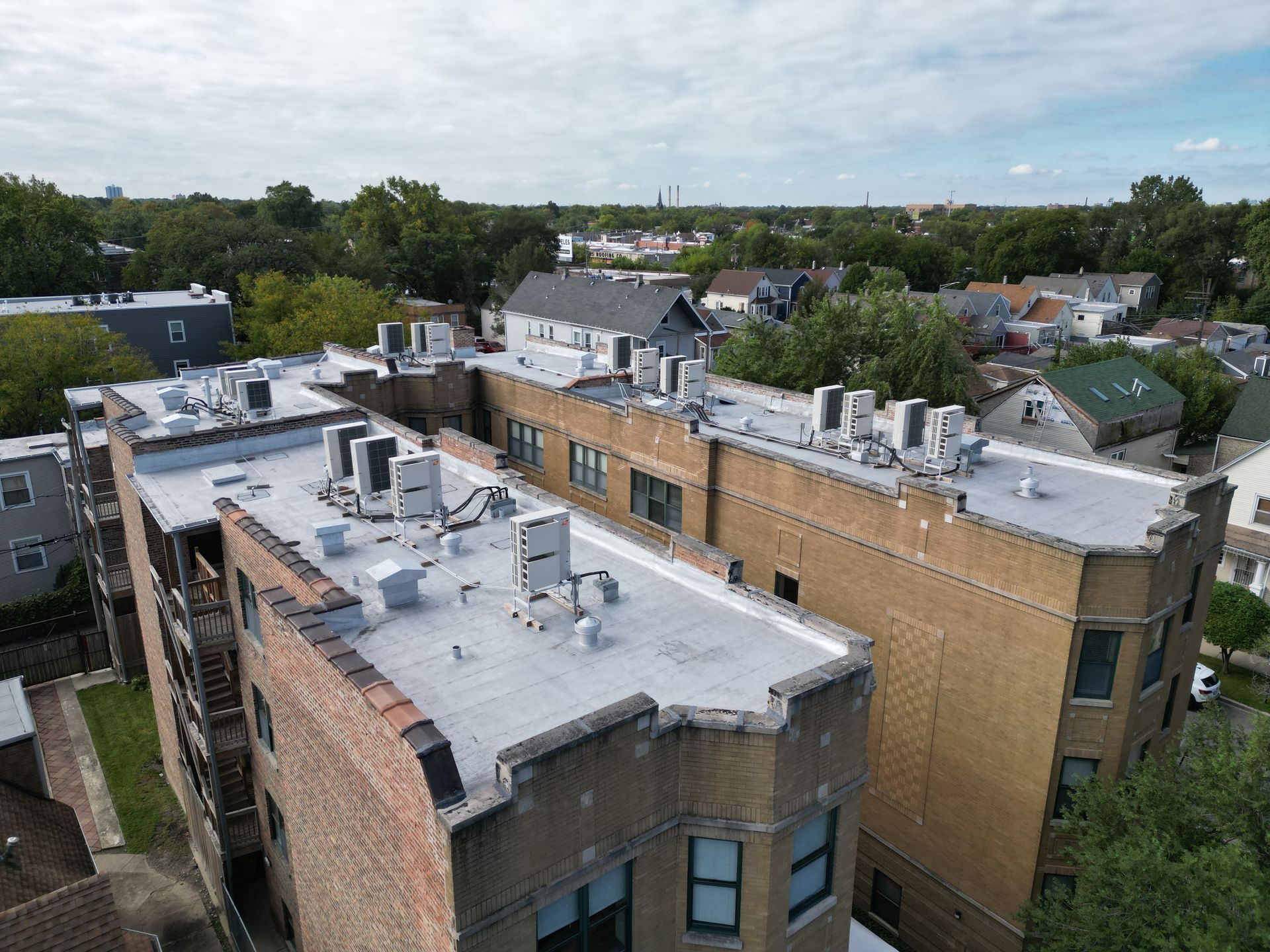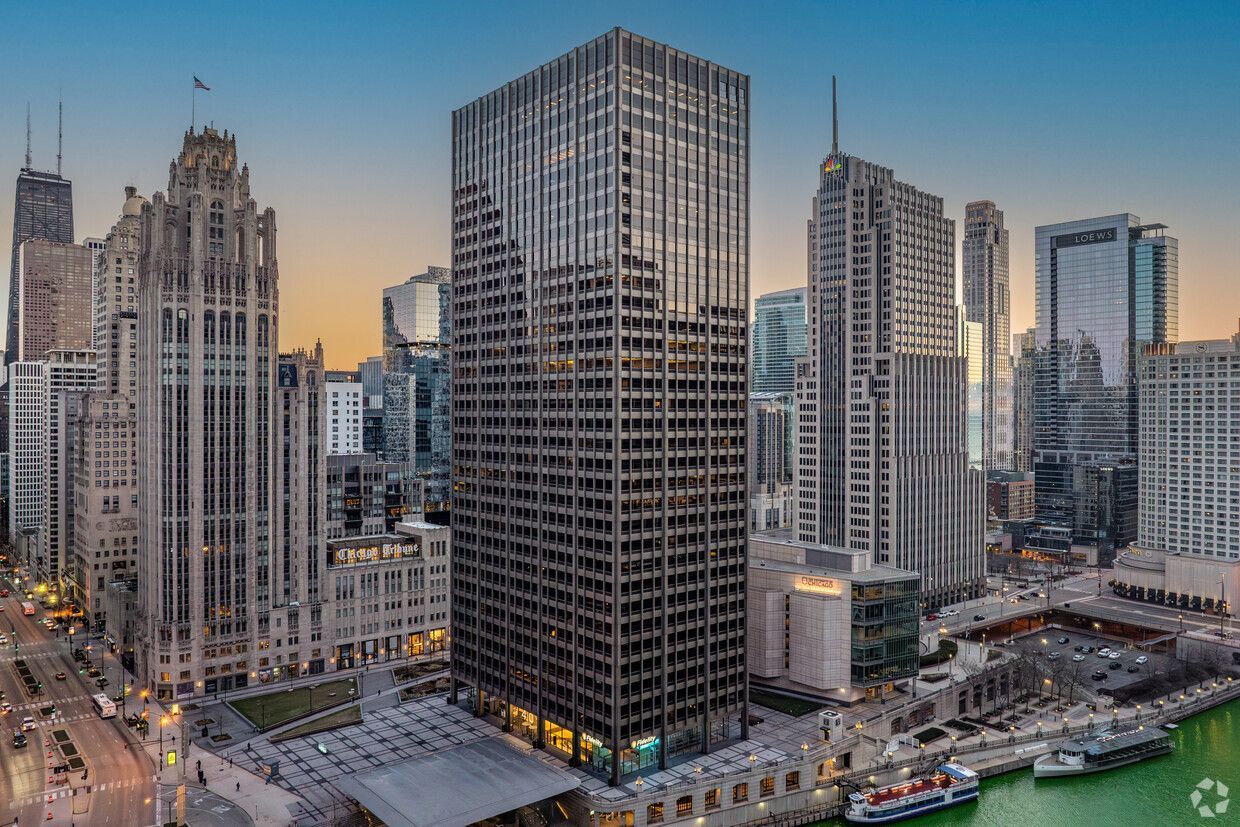Building Energy Exchange: Low Carbon Multifamily Retrofit Playbooks
Low Carbon Multifamily Retrofit Playbooks
Partner resource compiled by the Building Energy Exchange.
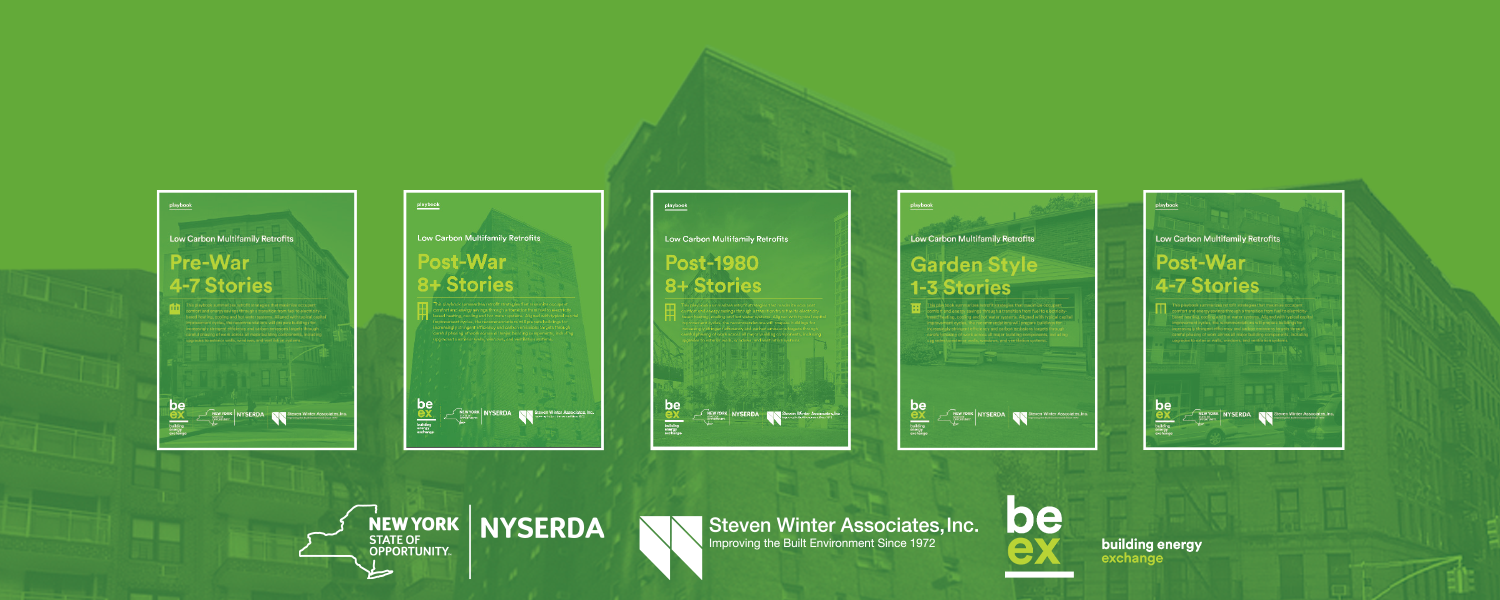
Produced by our partners at the Building Energy Exchange, this series of playbooks summarizes retrofit strategies that maximize occupant comfort and energy savings through a transition to electricity-based heating, cooling, and hot water systems.
The playbooks are organized by building system and include a list of deep retrofit strategies for several urban building types—including pre-war, post-war, and garden style, all among different height categories.
These retrofit recommendations will prepare buildings for increasingly stringent efficiency and carbon emissions targets through careful phasing of work across all major building components, including upgrades to exterior walls, windows, and ventilation systems.
Explore the Playbooks
These resources cover five common urban building typologies. You can explore each of the individual playbooks below:
- Garden Style (1-3 stories)
- Pre-War (4-7 stories)
- Post-War (4-7 stories)
- Post-War (8+ stories)
- Post-1980 (8+ stories)
Check out the full Low Carbon Multifamily Retrofit Playbook series and learn how to reduce your building’s energy consumption and carbon emissions here.
